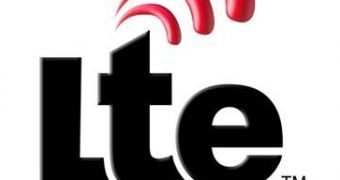According to a recently published report coming from ABI Research, mobile phone carriers around the world will spend around $3.3 billion for the deployment of LTE (Long Term Evolution) base stations in 2011. While the amount is expected to be spent for the purchase of around 142,000 base stations worldwide, the study also points towards the fact that the LTE base station equipment spending should rise even more in the following year.
“Vendors will be shipping base station equipment in significant quantities in 2010 ahead of limited trials that typically last about a year, followed by full commercial launches,” says senior analyst Nadine Manjaro. “Many operators have been talking about re-use of existing equipment, but ABI Research understands that while there may be sharing of masts and cabinets most of those 142,000 base stations will have completely new baseband and RF components, because operators will generally try to keep the new LTE networks separate from their legacy networks.”
ABI Research Vice President Jake Saunders also adds that wireless carriers will be determined to acquire even more base stations, due to the fact that LTE’s propagation characteristics and higher frequencies will show coverage gaps. Equipment vendors will benefit a lot from the transition to the 4G technology, the research firm says, while also adding that some deals for the future LTE rollouts have been signed already. The company that is missing in action for the moment is Nokia Siemens Networks, though the acquisition of Nortel’s LTE assets will open new opportunities for it.
Another report recently made public, this time coming from Juniper Research, shows that the number of LTE subscribers is very likely to grow significantly in a short period of time. According to the study, more than 100 million users are expected to choose the new technology by 2014. In addition, the firm also states that those LTE subscribers are expected to use a variety of devices for connectivity, including smartphones and laptops.
Even if a lot of operators and vendors are already jumping on the LTE wagon, it seems that there are still a series of issues that need to be taken into consideration. One of the questions that rise when looking at the feature is connected with the device convergence, for it is unknown how a smartphone would look like in three or four years from now. On the other hand, the report also says that millions of subscribers will choose LTE in 2011, while embedded LTE chipsets are expected to become very popular on the market by 2014, outpaced only by SIM cards.

 14 DAY TRIAL //
14 DAY TRIAL //